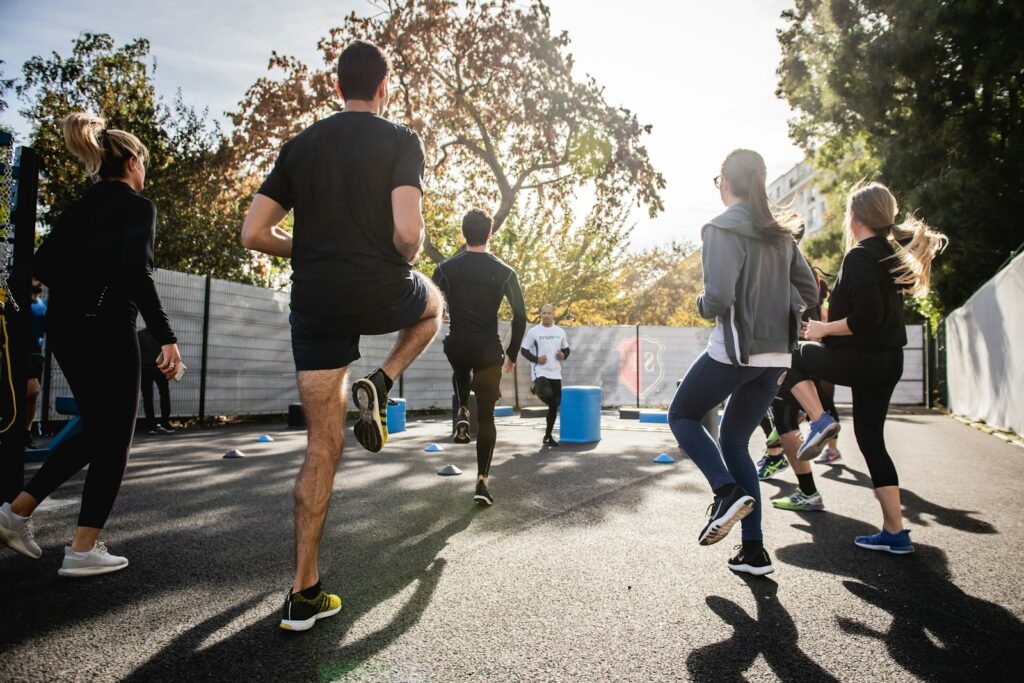Sometimes, the answer to what feels overwhelming isn’t locked inside a prescription bottle or buried in a therapist’s notes. It might just be a pair of sneakers, a park bench, or the first deep breath you take at the end of a brisk walk. That’s the quiet but growing truth more people are discovering: movement can shift the mental fog, steady the nerves, and ease the weight of anxious or depressed thoughts. And the research backing it is far from fringe.
Before getting into the science, consider this: after just ten minutes of walking or light activity, most people notice a subtle improvement in their mood. Not groundbreaking, not euphoric—just enough clarity or calm to keep moving forward. That’s where it begins. But with consistency, that relief grows stronger.
The Science Behind the Mood Boost

Exercise activates the body in ways that directly influence the brain. During physical activity, the body releases endorphins—chemicals that reduce pain and increase a sense of well-being. These aren’t just temporary feel-good moments. Over time, regular movement increases the availability of serotonin and dopamine, two neurotransmitters closely tied to happiness, motivation, and emotional stability.
There’s also something deeply therapeutic about repetition. Running, swimming, lifting weights, or dancing creates a rhythm that helps the brain shift away from intrusive thoughts. People with anxiety often describe overthinking as a mental loop they can’t escape—exercise interrupts that loop. Meanwhile, those with depression, who may feel stuck or disconnected, often benefit from the physical sensation of momentum.
Why It Works So Well
There’s a reason mental health professionals are starting to treat exercise as part of treatment—not as an add-on, but as a serious option. For mild to moderate anxiety and depression, studies suggest that exercise can be just as effective as antidepressants or therapy for some individuals. In fact, it can be a first line of defense for those not yet ready or willing to try medication.
Unlike pharmaceuticals, exercise has few side effects. No drowsiness, no weight gain, no withdrawal symptoms. Instead, it improves sleep, enhances self-image, sharpens focus, and even reduces physical pain. These aren’t secondary benefits—they’re often part of the same network of symptoms people are trying to manage when dealing with anxiety and depression.
Motivation Is the Hurdle

Here’s the challenge: depression zaps motivation, and anxiety can make even small tasks feel insurmountable. Telling someone in the depths of a mental health struggle to “just go for a run” can sound insensitive, even laughable. That’s why it’s so important to focus on ease and access.
You don’t need an hour-long workout or fancy gear. A short walk, stretching on the floor, dancing to a song—these count. And for many people, these simple movements become small wins. Those wins can build confidence, and confidence fuels momentum.
What often starts as a mental health tool becomes a routine, and that routine brings a sense of structure that’s often missing during depressive or anxious episodes. In that structure, some people find relief they didn’t expect.
The Bigger Picture
While exercise isn’t a cure-all, it’s a powerful tool—one that works in tandem with therapy, medication, mindfulness, or other supports. The key is not about choosing one over the other, but about building a foundation where multiple strategies support each other.
Think of physical activity as a bridge: a way to reconnect with your body, to remind yourself you’re capable, that change is possible. For some, that bridge is the difference between surviving and thriving.











